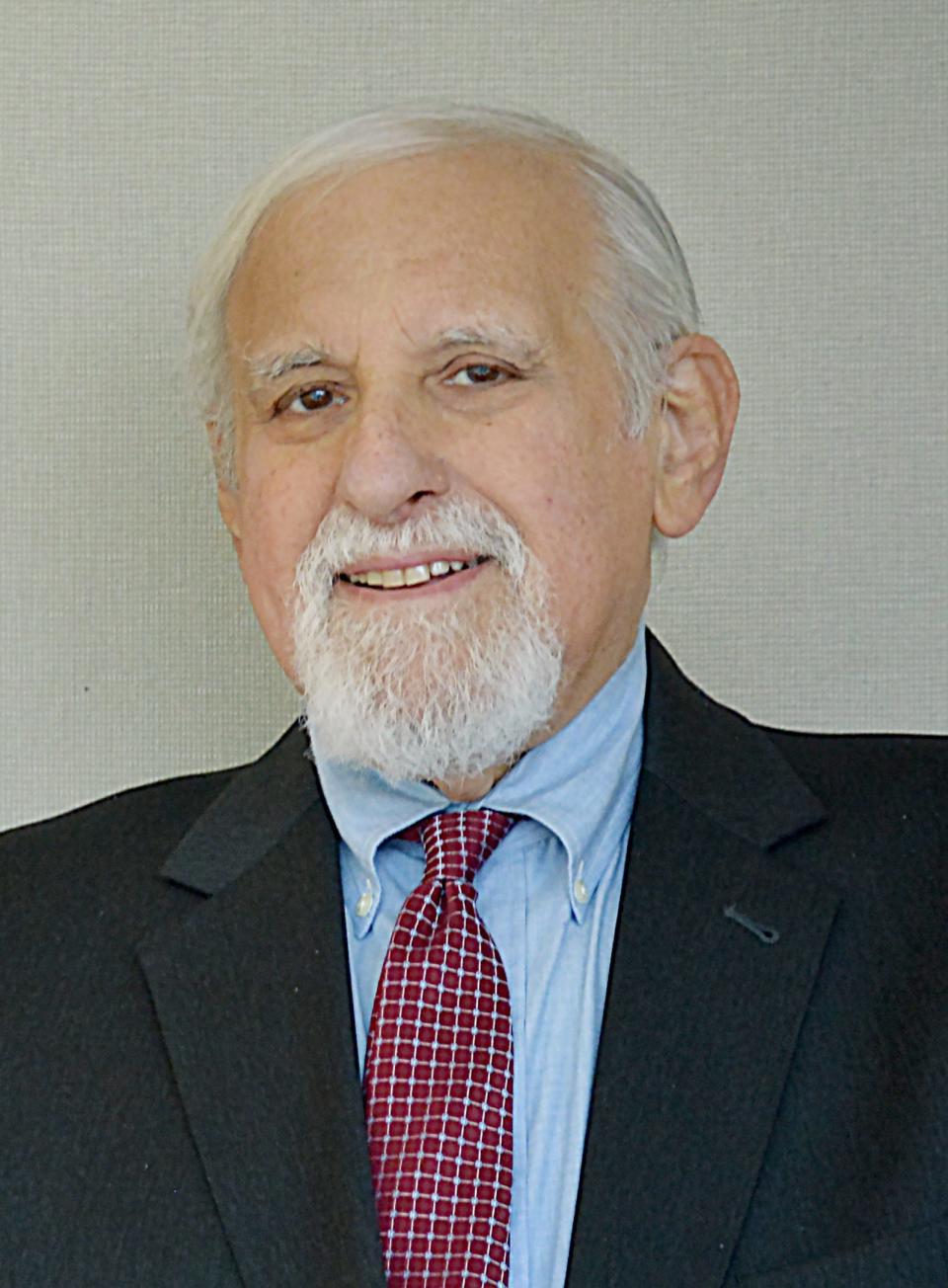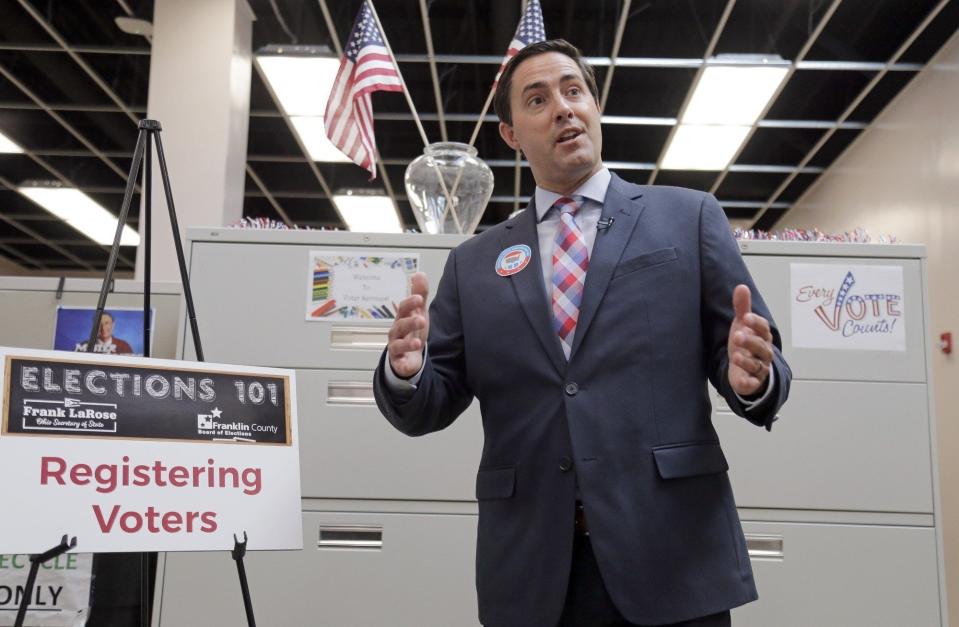“Past Ohio lawmakers would turn in graves about proposed constitution changes”
by Steven H. Steinglass,
Steven H. Steinglass is dean emeritus at the Cleveland State University College of Law

One hundred ten years ago, 119 delegates met in Columbus for the state’s most important 20th century political event—the 1912 Ohio Constitutional Convention.
A broad array of interests supported the convention to overcome an unresponsive General Assembly. They included the Direct Legislation League, organized labor, municipal home rule supporters, the Ohio State Board of Commerce, liquor interests and the Ohio Woman Suffrage Association.
To avoid a repeat of 1874, when voters rejected a new constitution, the 1912 Convention proposed 42 amendments; voters approved 34 of them.
The most important of the approved amendments involved direct democracy, which includes the constitutional initiative, the statutory initiative, and the referendum.
Ohio’s constitutional initiative permits filing a petition with valid signatures equaling at least 10 percent of the votes cast in the last gubernatorial election. A proposed amendment then is placed on the fall general election ballot. A majority vote puts it in our constitution.
Ohio and all but two of the 18 states with the constitutional initiative require only a simple majority vote to approve amendments, although three states have very limited supermajority requirements for tax increases, amendments to the legislative article, and proposals to increase the vote to approve amendments.
This guest column is available free: Support the exchange of local and state ideas by subscribing to the Columbus Dispatch.
From 1851 to 1912, Ohio had a supermajority requirement for amendments proposed by the General Assembly. Such amendments, unlike those proposed by conventions, needed a majority of the total votes cast at the election. This policy was a disaster, and 19 of the 26 amendments proposed by the General Assembly but rejected by the voters received more yeas than nays.
The 1912 Convention reformed the process by proposing not only the constitutional initiative but also the elimination of the supermajority requirement; and the voters approved these changes.
Ohio voters have been selective in deciding which amendments to approve. Since 1912 they have approved only 19 of 71 amendments proposed by citizens (27 percent) while approving 108 of 156 proposed by the General Assembly (69 percent).
Secretary of State Frank LaRose now proposes abandoning Ohio’s 110-year tradition of respecting simple majority rule.
His proposal, House Joint Resolution 6, requires amendments proposed by citizen petitions to obtain a 60 percent supermajority vote.
The LaRose proposal would cause the 1912 delegates to turn in their graves. The very purpose of the direct democracy amendment was to allow Ohio’s citizens to bypass an unresponsive and often unrepresentative General Assembly.
LaRose notes that the General Assembly must achieve a three-fifths vote to place a proposed amendment on the ballot.
He then suggests that his proposal somehow levels the playing field. But the 60 percent requirement adopted in 1851 sought to limit the power of the General Assembly, whose abuse of power under our first Constitution contributed to the need for the state’s 1850-51 Convention.
Without evidence, he also argues incorrectly that the initiative is responsible for the length of Ohio’s almost 60,000-word constitution.
Even more bizarrely, he claims out-of-state interests are responsible for abuse of the initiative, and that a 60 percent requirement will encourage amendment proponents to be less partisan and to make alliances.
To add a non-partisan gloss to his proposal, LaRose claims that nine red and blue states have supermajority requirements for citizen-proposed constitutional amendments.
This is misleading. Indeed, even a cursory review of the policies in the states that he identified shows that only Florida actually has a supermajority requirement for all constitutional amendments proposed by initiative.
LaRose and his allies are moving quickly without respect for 110 years of precedent and without the care that should precede any effort to amend Ohio’s foundation document.
Conscientious Ohioans should conclude that LaRose’s proposal is a rushed, poorly researched, and cynical attempt to undercut proposed amendments expected to appear on the ballot over the next two years––proposals to create an independent redistricting commission, raise the minimum wage, and protect the reproductive freedom and health of Ohio’s women.
Steven H. Steinglass is dean emeritus at the Cleveland State University College of Law, where he has taught, lectured, and written about the Ohio Constitution for more than three decades. From 2013 to 2017, he served as the Senior policy advisor for the Ohio Constitutional Modernization, and he is the co-author of “The Ohio State Constitution (Oxford University Press).”
This article originally appeared on The Columbus Dispatch: Opinion: What would be impact of House Joint Resolution 6?
Steven H. Steinglass is dean emeritus at the Cleveland State University College of Law, where he has taught, lectured, and written about the Ohio Constitution for more than three decades. From 2013 to 2017, he served as the Senior policy advisor for the Ohio Constitutional Modernization, and he is the co-author of “The Ohio State Constitution (Oxford University Press).”


